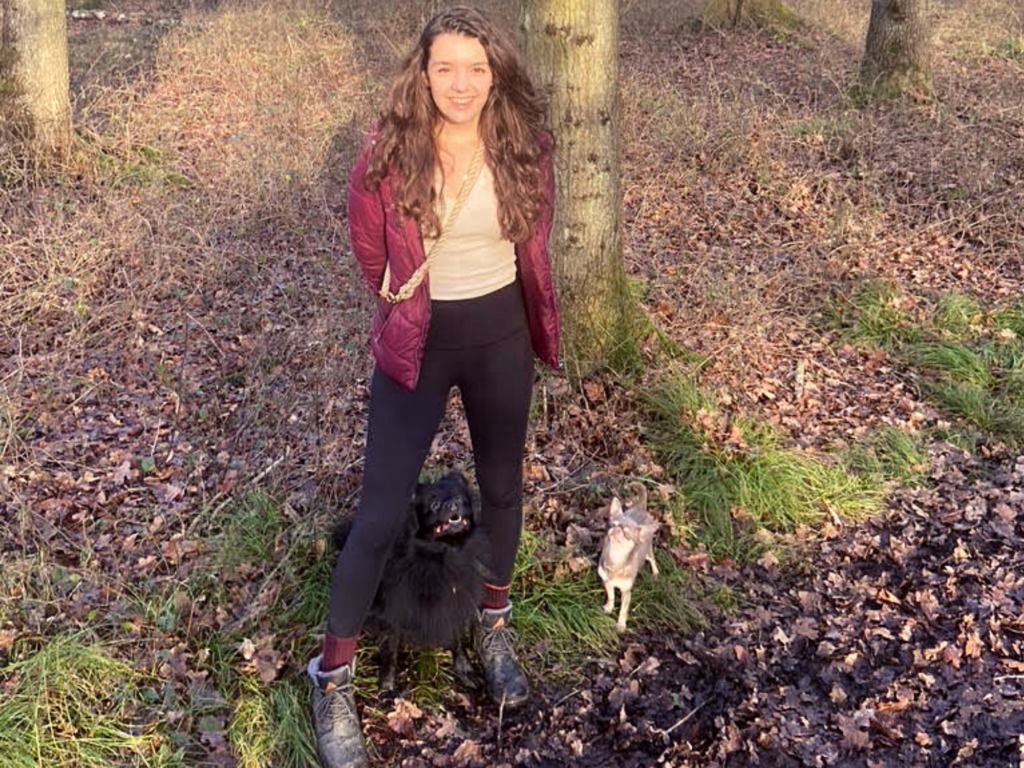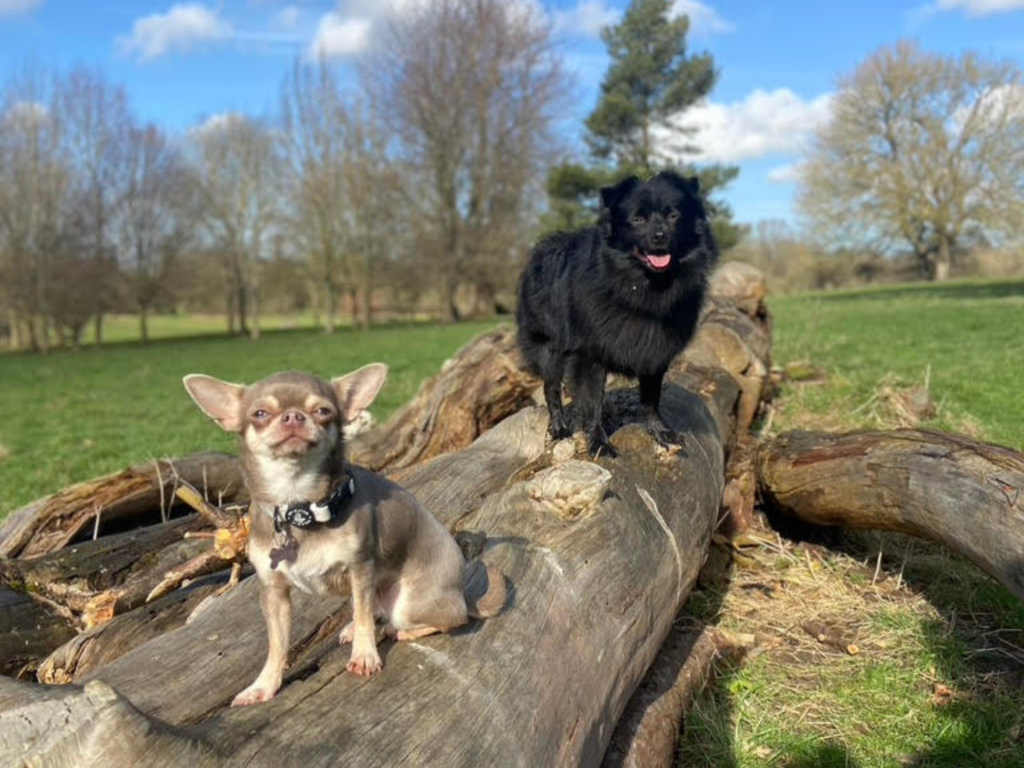
A huge part of my job involves really getting to know the ins and outs of someone’s daily routine when I’m first conducting an assessment on their dog. It is only natural then, I suppose, that I get a lot of questions in return about how I structure my own routine! Some clients wish to know the amount of time I spend training the dogs each day, whilst others are interested in how long I leave them home alone for, and some just want to know what I feed them and when.
This led me to wanting to give everyone a bit more insight into ‘a day in the life’ of me. It’s nothing extraordinary, but hopefully should give you some idea of what a dog trainer considers a ‘balanced’ life for them and their dogs. So, let’s dive in!
Each morning I wake up at around 6.30am /7am and I will spend about half an hour getting ready before taking the dogs out for a 40 minute morning walk. I make sure not to stick to an exact time and routine as I don’t want my dogs predicting walk times, or becoming too dependent on a schedule. My life may throw a curveball at any time meaning I can’t stick to my routine and the dogs should be prepared for this!
On the walk my dogs (and any dogs staying with me) are fed about 25% of their daily food as reinforcement for good behaviour. They’re mostly off lead but I make sure to practice some on lead behaviour too each day. Most of their food is given in exchange for recalls, check ins and down stays. I vary the exact route and length of this walk each day.
Once home, the dogs then get the next 50% of their daily food in a bowl with added supplements. I vary feeding time too though! Right now, my dogs are on a mixture of raw food and Orijen dry biscuit. I add a variation of kefir, flaxseeds, berries, steamed veg, fish etc to their meal each day, as well as a joint supplement. No one food bowl is the same!

Next I am off to work. My job means I have very variable work hours but usually I am out for 3-4 hours, back for lunch and then out again for another 3-4 hour block. During this time Olive (my younger and newer dog) is crated and Otis is left out free- he usually chooses the spare bed to sleep on! I leave them both with a natural chew (ears, trachea, feet etc) and have home cameras I can use to check in on them.
I will usually have a mix of puppy training clients and behavioural consultations each day, some of these sessions are held online too via zoom, which means that once a week I don’t even tend to leave the house for work. Behavioural sessions may range from dealing with OCD or general anxiety, to aggression cases where dogs are unable to cope around other dogs or new people. Each day is really varied and that’s one of the great things I love about my job.
Around lunch time I am back and we go straight out for another 30 minute walk with some training. With Olive I work on general obedience and confidence building. Olive came to me very nervous of going outdoors and lacking any confidence with other dogs. This means she will often bark when she sees dogs, and this is something we’re working on together! With Otis I am doing detection training. Essentially I am teaching him to use his nose to find a particular scent (cloves) and give a ‘freeze indication’ once he finds it. I then eat my lunch with the dogs on ‘place’ so that they don’t pester me for food, and then I am off out to work again!
The dogs have the last 25% of their food at around 5pm. I usually hand feed this during another 5 minutes of training or use an enrichment toy. Sometimes they have another 15 minute walk here too. I am then either off to the gym at this time, or doing some admin whilst the dogs have a play with each other and enjoy some free time. In the late evening they tend to just sleep whilst I relax!

This is by no means what everyone should be doing. My ‘dog schedule’ is tailored to fit my particular job, and the energy levels of my dogs. Should I adopt a Malinois tomorrow I’m sure I’d have to massively increase time spent training and exercising for example (I’m not planning on it!). What is ultimately important, is that you find a balance that works for both you and your dogs. Try and keep it a little variable so your dog is ready when you can’t stick to a routine, and most importantly, get out and have fun with your dogs every day!
About the author:
Annie-Mae Levy
Dog Behaviourist & Trainer
Canine Nutritionist
www.ani-mal.co.uk
Find her –
Instagram: @annietrainsdogs
Facebook: @anniesdogs